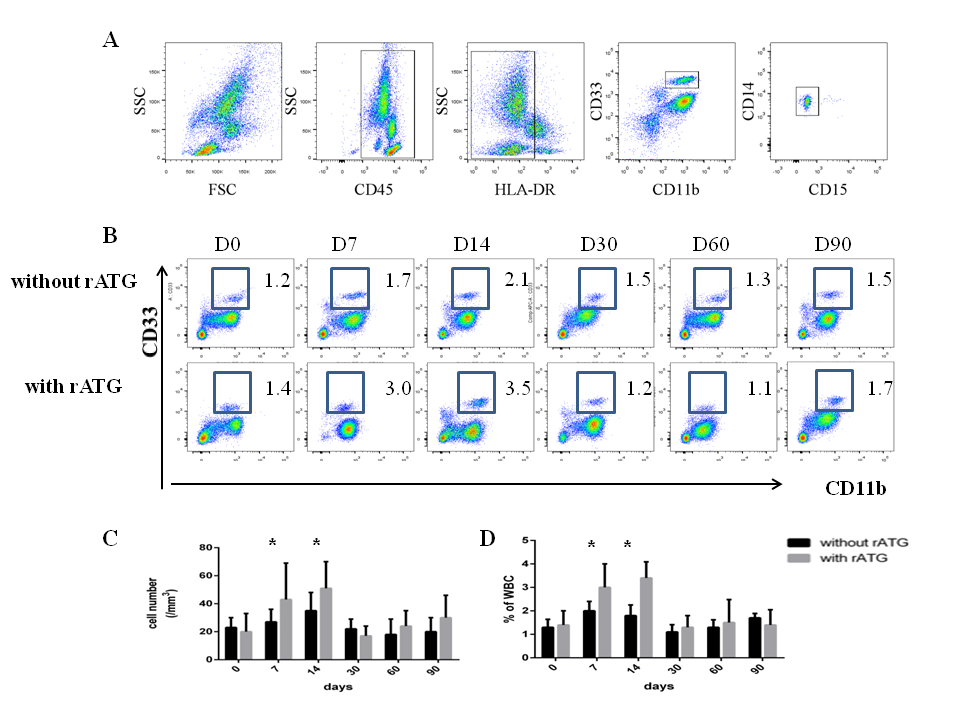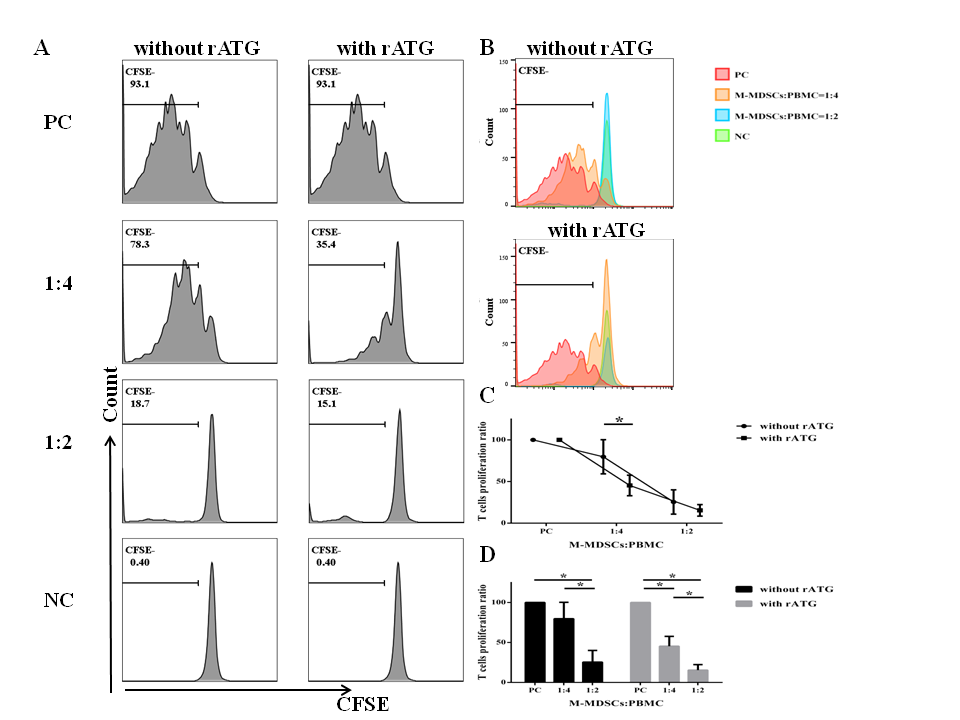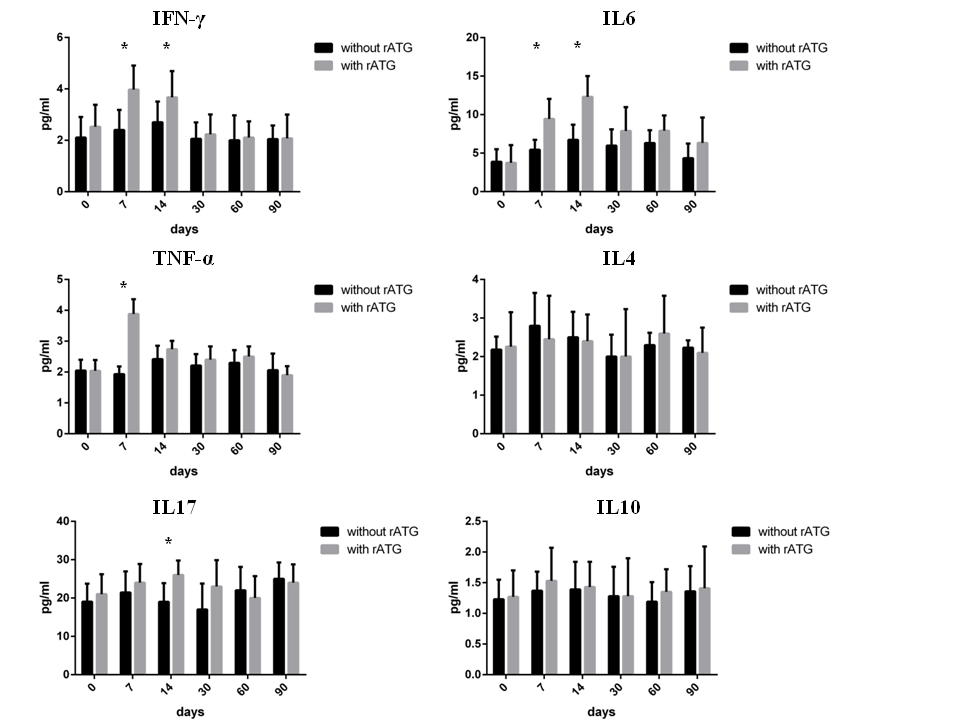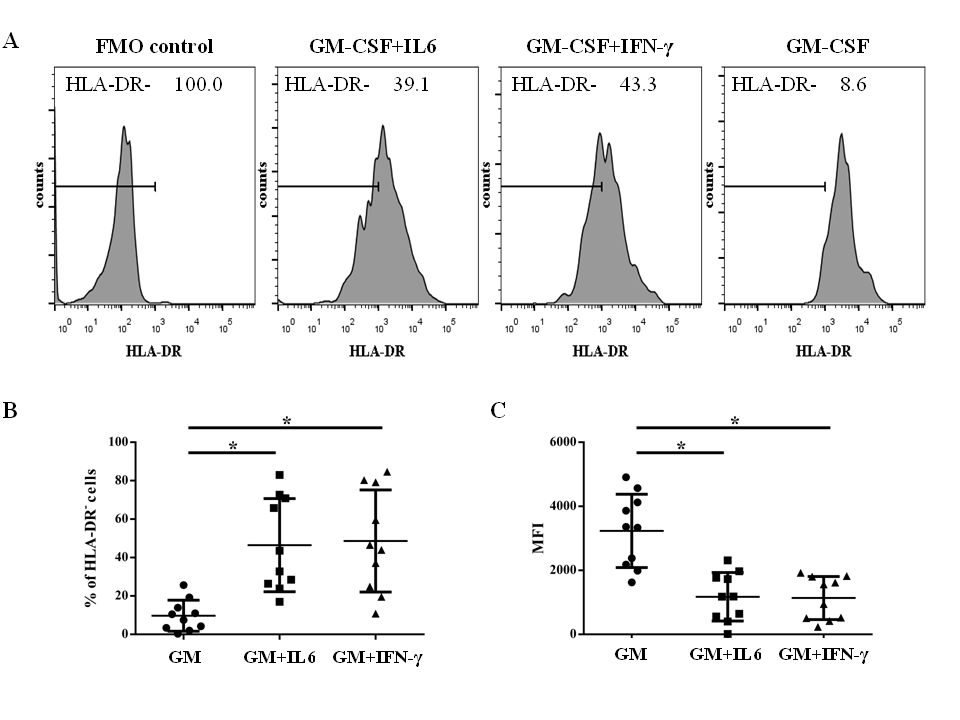Effect of ATG on Monocytic Myeloid-Derived Suppressor Cells and Its Associated Mechanisms in Kidney Transplantation Recipients
Beijing Chao-yang Hospital, Beijing, China
Meeting: 2019 American Transplant Congress
Abstract number: 558
Keywords: Immunosuppression, Induction therapy
Session Information
Session Name: Concurrent Session: Kidney Immunosuppression: Induction Therapy
Session Type: Concurrent Session
Date: Tuesday, June 4, 2019
Session Time: 4:30pm-6:00pm
 Presentation Time: 4:42pm-4:54pm
Presentation Time: 4:42pm-4:54pm
Location: Room 304
*Purpose: Myeloid-derived suppressor cells (MDSCs) consist of heterogeneous myeloid progenitors and precursors that was first defined in cancer patients and are characterized by a immunoregulatory ability to inhibit T cells responses. A growing body of knowledge indicates the potential involvement of monocytic myeloid-derived suppressor cells (M-MDSCs) in transplantation. As the most commonly used induction regimen, rabbit anti-thymocyte globulin (rATG) exerts a great influence on T cells and NK cells, however, its effect on M-MDSCs remains ambiguous.
*Methods: We compared the number and immunosuppressive function of circulating M-MDSCs in kidney transplantation recipients with or without rATG in a 90-day follow-up period. Cytometric bead array of cytokines in the plasma of kidney transplantation recipients were also tested. An established system with the associated cytokines to induce M-MDSCs in vitro was applied to demonstrate the relevant expansion and activation mechanisms.
*Results: We herein reported, compared with patients without rATG induction, circulating CD11b+CD33highHLA-DR-CD14+CD15- M-MDSCs in rATG group increase significantly within the first month after transplantation, then restored to the preoperative levels (Figure 1). The isolated M-MDSCs effectively inhibited CD3/CD28-stimulated T cells proliferation in vitro (Figure 2). The accumulation of functional M-MDSCs could be associated with the sharp elevation of IFN-γ and IL6 in plasma (Figure 3). To demonstrate the hypothesis, we managed to induce M-MDSCs in vitro by culturing purified monocytes from healthy donors with/without the presence of IFN-γ/IL6. Compared with GM-CSF alone, GM-CSF+ IFN-γ/IL6 remarkably down-regulated HLA-DR expression on monocytes (Figure 4), resembling the phenotypes of circulating M-MDSCs. In the function assay, GM-CSF+ IFN-γ/IL6-induced M-MDSCs showed a stronger ability to suppress CD4+ and CD8+ T cells proliferation in vitro (Figure 5).
*Conclusions: rATG would significantly induce functional M-MDSCs in kidney transplantation recipients in IFN-γ/IL6-depended manner. Further investigation with humanized animal models are needed to verify the clinical observation.
To cite this abstract in AMA style:
Jiang Y, Zhang X. Effect of ATG on Monocytic Myeloid-Derived Suppressor Cells and Its Associated Mechanisms in Kidney Transplantation Recipients [abstract]. Am J Transplant. 2019; 19 (suppl 3). https://atcmeetingabstracts.com/abstract/effect-of-atg-on-monocytic-myeloid-derived-suppressor-cells-and-its-associated-mechanisms-in-kidney-transplantation-recipients/. Accessed December 21, 2025.« Back to 2019 American Transplant Congress





